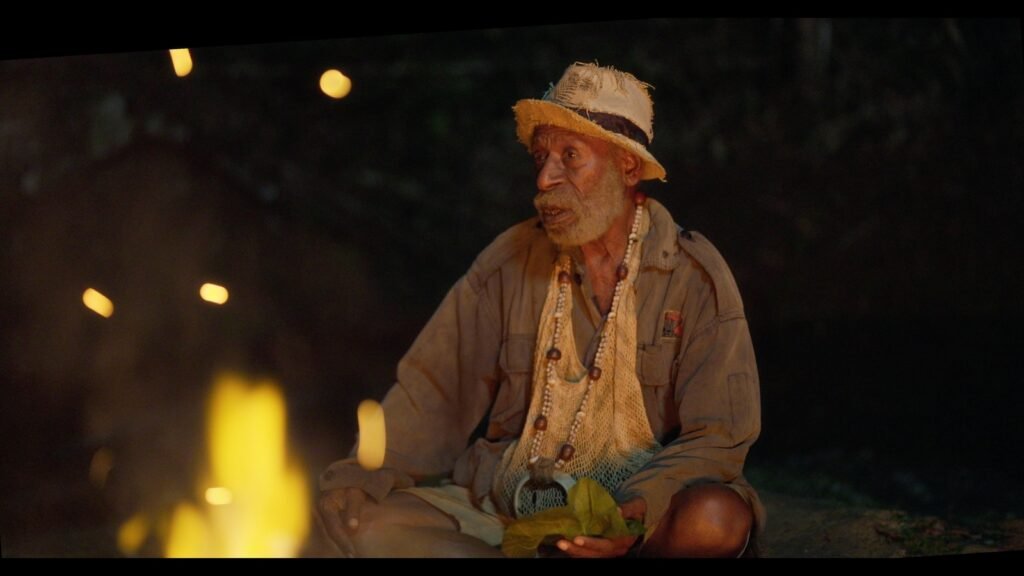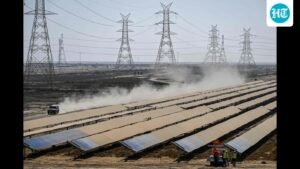
Almost all the films that are celebrated as war movies in world cinema are from Hollywood or Europe. Retrospectively, one is tempted to ask the question: Whose world and war do these feature?

Some distinct features mark the war movie genre. A majority of them are about the two World Wars, mostly World War II. They revolve around the bravery and sacrifice, the tactical maneuvers and strategic failures of white men and their armies. The rest of the world constitutes the white man’s war arena, where the natives are part of the background, either as informants and helpers or, more often, as mere fodder.
For instance, over a million Indian troops served overseas during World War I and around 2.5 million in World War II, of which more than 74,000 Indian troops died in the former and about 87,000 in the latter. These soldiers were fighting as members of the native regiments of colonial armies or as mercenaries for whom the army was an employer or a way out of poverty. They were rarely celebrated as war heroes or martyrs. Few memorials were built for them, and no sagas valorised them. They were all fighting someone else’s wars. If their side won, they got paid; if they were on the side of the vanquished, they were killed or taken as prisoners of war (POWs) to face an uncertain future. In his essay, An Indian POW in ItalyAmitav Ghosh recalls watching war movies with his father, who was a WWII veteran: “When I think back now, it strikes me that some of the best of these war movies were actually prisoner-of-war movies.”
Papa OpenPapua New Guinea (PNG)’s official entry for the Oscars this year, deals with this erased history of violence. Directed by Dr Biju, a national award winning director (Saira, Veettilekkulla Vazhi, Perariyathavar, Valiya Chirakulla Pakshikal, Veyilmarangal), this film, in the Tok Pisin language and shot in PNG, is about the journey of two Indian historians, Anand Kunhiraman and Romila Chatterjee, to PNG to write a book on the Indian soldiers who served with the British and Australian forces during WW II. It is a road movie of sorts, where the duo journeys through remote villages in their attempt to unearth a slice of forgotten history. In the war memorial they visit, there are hundreds of stones without names, memorialising the fallen men whose identities are unknown.
On this journey, their local guide is Papa Buka, an old war veteran. For Chatterjee, this journey is not just an academic one, but also very personal — her maternal grandfather was an Indian soldier who fought for the British army in WW II in PNG. He died in PNG, but there was no information as to how he died or where he was buried. So, for her, it is a personal journey into her own past. For Kunhiraman, it is another kind of journey. An Indian academic from an oppressed community in Kerala, he has struggled his way up, fighting caste insults and prejudices. For him, it is a journey that connects the destinies of indigenous people across the world.
Papa Buka is an enigmatic and charming character, at home both in time and space. An aged man who embodies the island’s troubled history, he knows the nooks and crannies of the forest, its trails, and the tribes inhabiting it. His presence is also ethereal in a way: He joins the historians in their pursuit and dies in the middle of the journey, soon after his revelations about Chatterjee’s grandfather and his death. Though she is unable to locate the actual site of burial that only Papa Buka knew, there is a sense of closure to her pursuit.
But the fact that she never finds the actual site also leaves within her a more profound and deeper connect with the Island. It remains a space where memories and lineages lie buried deep, not yet physically entombed or memorialised, thus transforming it into something deeper and more profound. It is the wound of history that cannot be healed by memorialising, but only by debunking the very idea of war as nothing but murder. The Einstein quote at the beginning says it all: “It is my conviction that killing under the cloak of war is nothing but an act of murder”.
Biju’s visual and narrative treatment, like in his earlier films, is detached, always one step removed from the characters. There is no effort at psychologizing or entering into the minds of the characters; the camera rarely goes close to them. The mid and long shots necessarily make the viewer look at the characters from a distance by placing them within the larger context of their milieus, surroundings, and landscapes. The striking frontal portraits of the indigenous people in all their sartorial splendor at the beginning and end of the film bracket the narrative, as if the whole film is a message from beyond, the history that comes back to haunt us.
Papa Open is a significant film not only as a co-production between two erstwhile colonial people who went through similar historical experiences. It is also a movie about the yet-to-be-written histories of their entangled pasts; the tragic junctures where the destinies of faraway continents were connected by colonial plunder and wars.
It is also a movie that looks at world history from the point of view of the non-whites, the people who paid the price for colonial campaigns, yet were invisibilised and silenced.
CS Venkiteswaran is a scholar of cinema and a filmmaker. The views expressed are personal




